Global Warming Response
A Climate of Social Responsibility
As a climate scientist for more than thirty years, I cannot agree with Pat Barrett’s “Climate of Fear” in the April 2012 Marist Messenger. As a catholic for more than twice as long, I have to say that climate change means there is now a growing need to love our neighbours.
Pat is right that “science is never done”. We always strive for more understanding by better analyses that are carefully checked by other experts and then get published in top science journals. Several independent reviews have found that these journals show nearly all experts agree we are changing our climate. However, some of the news media and web pages cover a wide range of opinions that are not based on science.
Climate science started over 150 years ago as it was realised that small amounts of greenhouse gases, mainly water vapour and CO2, trap heat near the surface and that’s why the air gets colder as you go higher up. Then a Nobel prize winner, Svante Arrhenius, calculated that, if we doubled the amount of CO2 in the atmosphere, the Earth’s average temperature would increase by somewhere between 2°C and 5°C.
Arrhenius thought that it would take 3,000 years for use of fossil fuels to double CO2, but then a good catholic and scientist, Athol Rafter, in New Zealand’s Department of Scientific & Industrial Research, discovered that CO2 was increasing rapidly. So we now know it could happen this century.
Our climate has changed in the past, as Pat says, but increasingly detailed analyses of environmental records, such as old tree rings, show that temperatures are now higher than they were in the Mediaeval Warm Period about 1000 years ago.
Scientists analyse the climate system using enormous amounts of data that include the solar cycles, but also track changes in the amount of heat in the oceans and more subtle things like possible shifts in average cloud height. While past changes in climate can be explained by natural processes, the only explanation for the amount of global warming since 1950 is the increase in greenhouse gases.
Trapping more energy in the lower atmosphere means more extreme weather events such as heat waves, droughts and floods. Because this is already happening, the insurance industry no longer covers some properties for floods, and governments recently agreed to cooperate on drought management to avoid international food crises.
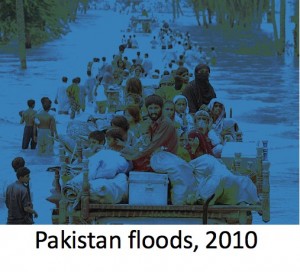 In the 1950s, Rafter was concerned that ice sheets could melt and cause sea level to rise. Now for the last twenty years we have seen an accelerating loss of ice in both Greenland and Antarctica. So more than 150 million people will probably have to move away from low lying land this century.
In the 1950s, Rafter was concerned that ice sheets could melt and cause sea level to rise. Now for the last twenty years we have seen an accelerating loss of ice in both Greenland and Antarctica. So more than 150 million people will probably have to move away from low lying land this century.
We can limit the amount of future climate change by switching to renewable energy and stopping our use of fossil fuels such as petrol and gas. However, there is already a commitment to more change and further delays in moving to better sources of energy just increase that commitment.
For fifteen years I was increasingly involved in the Intergovernmental Panel on Climate Change that Pat has criticised. So let me just say that this organisation is controlled by governments and every report is done by a different group of experts drawn from around the world. Also our last report had a whole chapter on past temperature records showing graphs similar to the one above.
Science is never finished , but should we take the risk of ignoring what has been learned for more than 100 years? As the book of Genesis makes clear, we have “dominion” over the environment that we live in, and we are definitely not in the Garden of Eden. So we should accept more responsibility for managing our environment and recognise that our children and neighbours will live in the world that we leave for them. As Pope Benedict said in 2007, “Our Earth speaks to us and we must listen if we want to survive”.
Professor Martin Manning, became Officer of the New Zealand Order of Merit in 2008 for his research work in DSIR, NIWA, Victoria University of Wellington and in the USA.
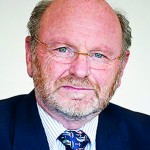
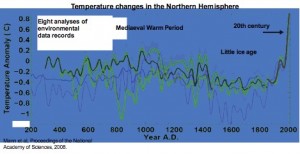
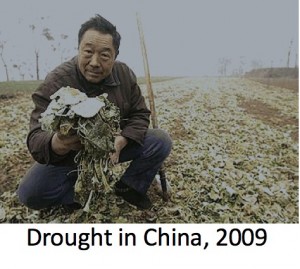
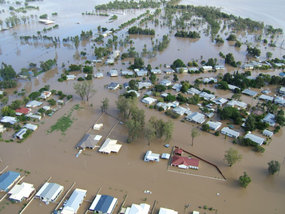
 Entries(RSS)
Entries(RSS)